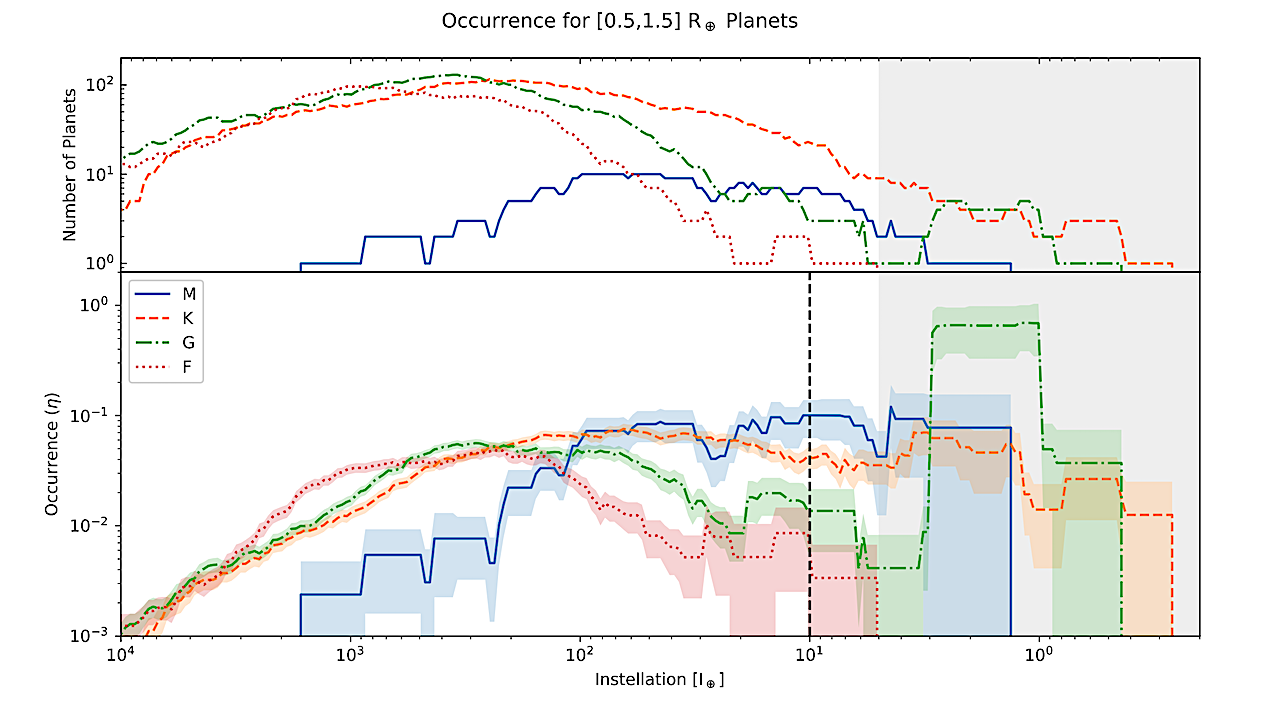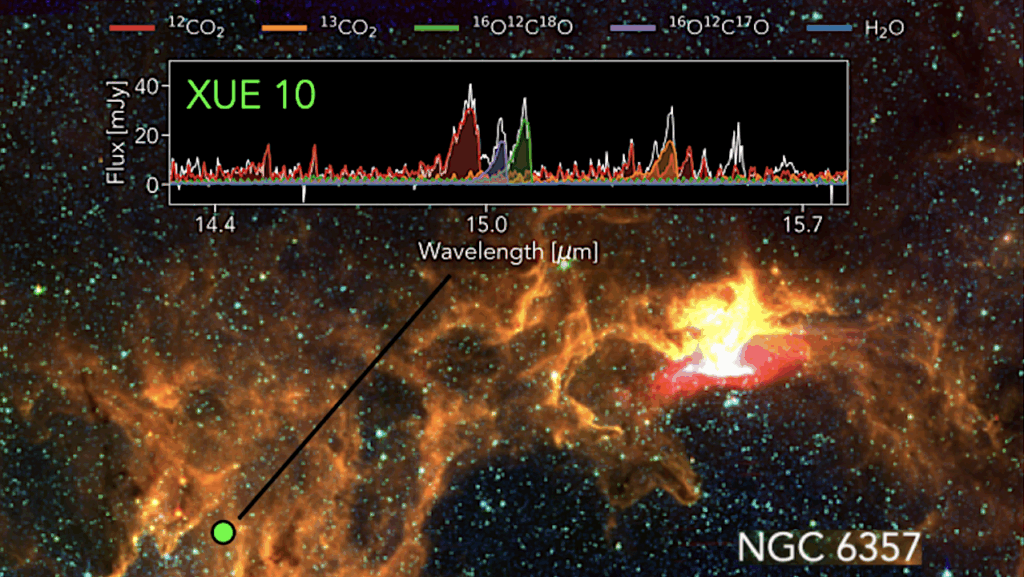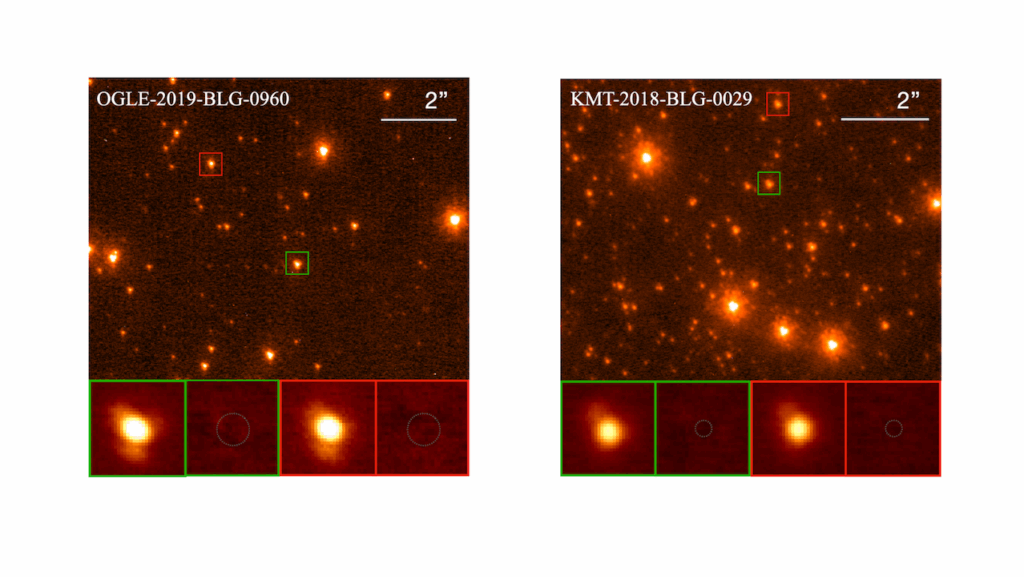No Evidence For More Earth-sized Planets In The Habitable Zone of Kepler’s M Versus FGK Stars

Reliable detections of Earth-sized planets in the habitable zone remain elusive in the Kepler sample, even for M dwarfs. The Kepler sample was once thought to contain a considerable number of M dwarf stars (Teff<4000 K), which hosted enough Earth-sized ([0.5,1.5] R⊕) planets to estimate their occurrence rate (η⊕) in the habitable zone.
However, updated stellar properties from Gaia have shifted many Kepler stars to earlier spectral type classifications, with most stars (and their planets) now measured to be larger and hotter than previously believed. Today, only one partially-reliable Earth-sized candidate remains in the optimistic habitable zone, and zero in the conservative zone. Here we performed a new investigation of Kepler’s Earth-sized planets orbiting M dwarf stars, using occurrence rate models with considerations of updated parameters and candidate reliability.
Extrapolating our models to low instellations, we found an occurrence rate of η⊕=8.58+17.94−8.22% for the conservative habitable zone (and 14.22+24.96−12.71% for the optimistic), consistent with previous works when considering the large uncertainties. Comparing these estimates to those from similarly comprehensive studies of Sun-like stars, we found that the current Kepler sample does not offer evidence to support an increase in η⊕ from FGK to M stars.
While the Kepler sample is too sparse to resolve an occurrence trend between early and mid-to-late M dwarfs for Earth-sized planets, studies including larger planets and/or data from the K2 and TESS missions are well-suited to this task.
Galen J. Bergsten, Ilaria Pascucci, Kevin K. Hardegree-Ullman, Rachel B. Fernandes, Jessie L. Christiansen, Gijs D. Mulders
Comments: 22 pages, 11 figures, 2 tables; Accepted for publication in AJ
Subjects: Earth and Planetary Astrophysics (astro-ph.EP); Solar and Stellar Astrophysics (astro-ph.SR)
Cite as: arXiv:2310.11613 [astro-ph.EP] (or arXiv:2310.11613v1 [astro-ph.EP] for this version)
Submission history
From: Galen Bergsten
[v1] Tue, 17 Oct 2023 22:20:52 UTC (571 KB)
https://arxiv.org/abs/2310.11613
Astrobiology








